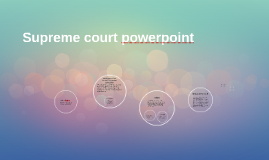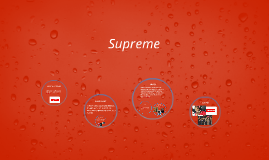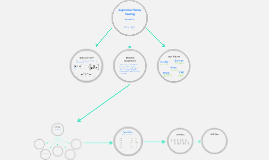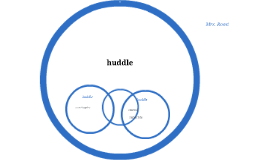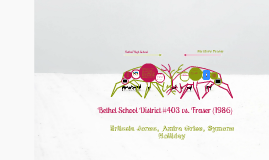Supreme
Transcript: Quality Service Value Trust Fun 2014 1.512m We only work with the best trainers and breeders whose reputation you can trust. We guarantee that if your horse is injured we will move you into another horse free of charge until your horse recovers. Reine Angevine 15 Jump, 5 Flat, 3 Trainers Ask Vic Willie Mullins Supreme Horse Racing Very Much So Beluckyagain 2 Turnover 30 0.023m Tempest Misile Horse Racing is fun to be involved in and we promise to help you understand racing so that you can share with us a fun atmosphere either at the races, on stable tours on whilst using our interactive Owners website 0.825m 2015 2017 120 2017 1.176m 3.024m 2018 The Supreme Team 10 (2 trainers) Steve Massey - Racing Director UK Steve's career in retail has been instrumental in driving high standards of customer care and service which works well with his 20 year association with Horse Racing Syndicates Hospitality at 5 key Horse Racing events Turnover 2016 Great Jones 30 Jump, 30 Flat Buy Finance Software Investigate sponsorship Investigate Web ads Agree and purchase required equipment Set up Payroll Agree contracts for Trainers and employees Supreme Hospitality 3 Horse Racing trips, 1 other Sporting Trip The 5 year plan Brand Supreme Kings Speaker Jonathan 2017 Iamtoldiamgrand 4 Horse Racing trips, 3 Other Sports Trips Runs Both Strike Rates TBC Horses 2.016m New 2014 Profit Profit Total Plan 45 Shesafoxylady 0.137m Turnover Patrick Mullins - Champion Irish Amateur Jockey. SHR Strike rate 49% 2018 Bluemountainbeach To be the UK and Ireland's most recognised 'Horse Racing Syndicate Brand' and one that offers great value, world class service and the best strike rate for a syndicate. 0.550m Steve 1st Golf event and Hospitality at 3 key Horse Racing events Diamonds and Pearls Horses Launch to UK public Agree 2015 monthly actions Arrange and announce AGM We offer great value to our customers including fair prices for training and associated fees. Tours Who are we? Daring Carlotta 7 Tarribyn 53 August - Oct Launch new website Start advertising new Horses Get new horses into training Cleeves Steeple Winnings Travel 0.550m Supreme Travel Now 7 Steve Hats and Heels Simply Gooch Verawal Supreme Ballerina Pique Sous 59 New Logo Prepare Business Plan Amend Supreme Rules 0.824m 16 352293 Supreme Tipping Send rules and AGM papers to members Prepare rules for UK business Decide accounting controls and accounting software requirements Register the business Set up Bank account TBC 0.273m 2015 Plan 2012/13 Uranna 2.016m 25 Jump, 15 Flat Ruby Walsh - Champion Irish Jockey . SHR Strike rate 27% Zuzka 90 Work with PWC on plan Prepare presentation to prospective trainers Start Blogging Brief Web designer Jonathan Steve 2017 Listen Dear 2015 Jonathan 0.672m Both Agree on who does what Seek advise from an accountant Paul Townend - Champion Irish Jockey 2009. SHR Strike rate 15% Nov - Dec 0.342m 215903 Cuditbelucky Seanie Mac Set up new Twitter, Facebook Launch first e-book Launch to existing Supreme members Launch communication Channels 30 x Jump, 10 x Flat 2016 Current 2016 Our Winnings 128 We buy and train only the best quality horses with the aim of winning....we don't accept second rate! Supreme Ireland 0.823m The Current Racing Team Paul Townend 1.344m TBC 2015 Ruby Walsh 1.680m Willie Mullins - The Champion Trainer in Ireland and leading Cheltenham trainer 2013/14 Jonathan Business Development Brief buyer for Horse requirements Register business and racing colours with Wetherbys 0.481m 35 (5x €50k+) Steve Turnover Wood Breizh 2017 The fastest growing Racing Club in the UK and Ireland Set Up Profit 2011/12 Now Una Vientena 2.016m Approach Racing UK Agree rules with HRI 2015 Tile Lady 27% Both Jonathan 1.344m Jonathan Business Plan Letherbelucky 1 Horse Racing trip, 1 other Sport event Trip Future Aspiration - No financial's agreed Steve 5 45584 1.237m Mission Statement Horses Bayside Belle 2016 Dream Nolan 2014 Supreme UK Racing Jonathan Smith - Business development Director Jonathan has a long career at the highest level with one of the word's leading retailers. 0.342m 4 Jim Balfrey - Racing Director Ireland Jim has been a long term associate of Willie Mullins and has been involved in Horse Racing Syndicates and buying horses for 20 years Chiltern Hills Steve 20 Our Horses Hat and Heels 91906 Past 0.687m 1.008m 15% Both Total Stable Tours form UK 27% (Ex Tipping, Travel and Tours) 49% 30 (2x €50k+) Ainsi va la Vie 4.032m 1.638m 2014 Plan 2016 Myska 3 Hear the Thunder Both - Discuss with Jim/Willie 2013/14 Good customer service through strong communication is key to our success. We guarantee to keep our owners informed and engaged through innovative channels 2018 30 x Jump, 30 x Flat 30 x Jump, 20 x Flat Run Fly Run Made from the West 1.008m Both TBC Appy days 2014 Profit 0.618m AGM Agree communication channels Agree Web site principles Events Engage and reach agreement with new Trainers 0.366m 2018 Patrick Mullins Our Values 60 Events






